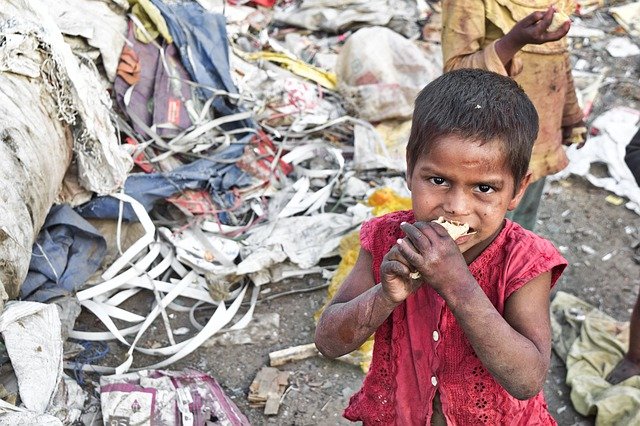India, the largest democracy in the world, slipped to number 101 in 2021 in the Global Hunger Index (GHI) from the 94th position it secured in 2020. India’s neighbouring countries like Nepal (76), Bangladesh (76), Myanmar (71) and Pakistan (92) are still ahead at feeding its citizens.
Here is what the Global Hunger Index is and what does it indicate
The Global Hunger Index is a tool or study that measures and tracks hunger globally as well as by region and by country. The GHI is calculated annually, and its results are released in a consolidated report issued in October every year. After declining since 2000, hunger at the global level is classified as moderate, according to the 2020 report.
Also Read: Hunger and food insecurity declines in US, yet millions still vulnerable
The Global Health Index scores are calculated on the basis of data that takes four indicators into consideration:
1- Undernourishment
2- Child stunting
3- Child wasting
4- Under-five mortality
The data is collected from the United Nations and other prominent global multilateral agencies. The country and region-wise GHI score is also calculated using the same data to ensure that the positions are processed using the same data calculation methodology.
Countries are ranked on a 100-point scale, with 0 and 100 being the best and worst possible scores, respectively.
The Global Health Index report includes the most up-to-date data available at the time of its editorial deadline in July and applies the same standards to all countries within the report to ensure comparability.
Why is Global Hunger Index important?
The global hunger index report is used as means of monitoring whether countries are achieving hunger-related sustainable development goals. It can be used for international ranking.
Apart from that, the index also helps governments of the respective countries to formulate policies as well international forums to extend support to hunger suffering countries.
According to WHO, a regression analysis of the global hunger index on GNI per capita is performed to identify countries that are notably better or worse off with regard to hunger and undernutrition than would be expected from their GNI per capita.







